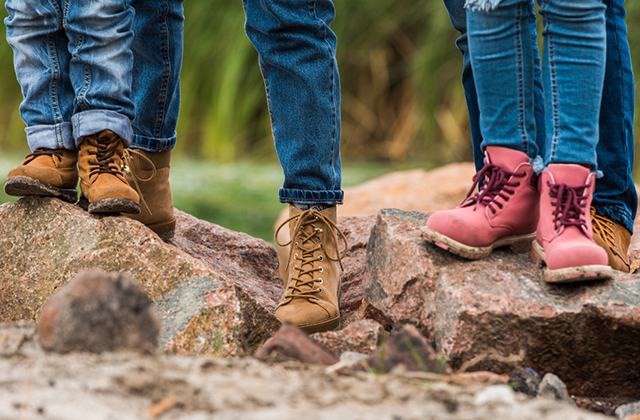It’s not important whether you are hiking in the Andes, the Alps, the Australian Outback, or the Drakensberg. The principles for hiking safety are standard everywhere. The first look of original ugg boots is kinda boring but once you fit it you will surely withdraw your money in the bank.
- NEVER go hiking all by yourself. There’s always the danger being a possible assault victim, should you get injured, there’s no one else who can provide assistance. Cell phone signals in remote areas are consistently undependable and who knows, you may have passed out and incapable of calling for aid.
- Plan the itinerary properly and leave the details with someone who will be able to notify the concerned authorities if ever you do not come back as scheduled. Many trails feature hiking logbooks and, if you don’t get to your stated location on time, an alert will be dispatched.
- Choose your hike according to your physical fitness level. If you’re trekking with kids in tow, you should definitely choose a route to suit their capabilities.
- Ensure that you schedule ample time for your proposed hike. It’s best to leave really early in the morning and create a buffer of a few hours leeway for unforeseen events. It’s most important that you pace your hike to be able to get back at your launching point or the nearest hut way before sundown.
- Keep a close tab on the weather forecast. The weather conditions could take a turn for the worse really swiftly, particularly in high elevation areas. One moment the sun is fiercely shining and the next, the mist has the entire location blanketed and you’ve lost your way.
- Stay on the trail. This will not just help protect you from getting lost, it will also safeguard the environment in which you are hiking.
- Carry every piece of trash back home with you.
- Try to remember that individuals who go hiking do it mainly because they care deeply about the peace and silence of their chosen atmosphere, so don’t despoil it with disturbing noise.
- If you happen to be organizing a long trek, don’t do it using new hiking boots. Hiking boots, like all shoe wear, take some time to break in and there’s probably nothing more dreadful than realizing you’ve got another 10 miles to walk with feet ravaged by blisters.
- Your clothing should be lightweight and well-ventilated. It might also be a great idea to put on a few reflective accessories, such as a reflective running belt or a reflective running vest, in the event that you find yourself into a tricky situation in a remote location. Search and Rescue teams can easily see you much better in the dark if you are wearing reflective gear.
- Your backpack have to contain warm clothing items and waterproof gear or accessories. You might also want to pack a handy blanket, first aid kit, torch, matches, a few extra snacks, and a good supply of water.
- Finally, be a pleasure to hike with.













